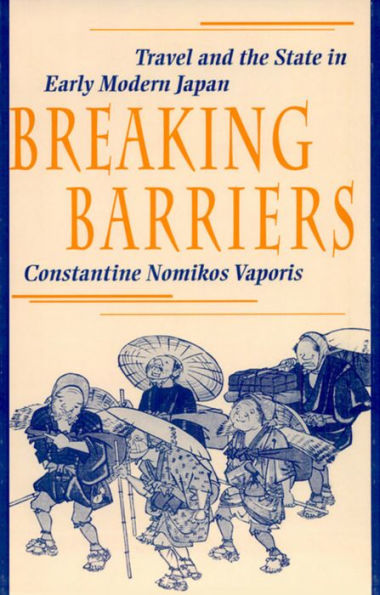5
1
9780674081079

Breaking Barriers: Travel and the State in Early Modern Japan available in Hardcover

Breaking Barriers: Travel and the State in Early Modern Japan
- ISBN-10:
- 0674081072
- ISBN-13:
- 9780674081079
- Pub. Date:
- 05/06/1995
- Publisher:
- Harvard University Press
- ISBN-10:
- 0674081072
- ISBN-13:
- 9780674081079
- Pub. Date:
- 05/06/1995
- Publisher:
- Harvard University Press
59.95
Out Of Stock

Product Details
| ISBN-13: | 9780674081079 |
|---|---|
| Publisher: | Harvard University Press |
| Publication date: | 05/06/1995 |
| Series: | Harvard East Asian Monographs , #163 |
| Edition description: | New Edition |
| Pages: | 402 |
| Product dimensions: | 6.00(w) x 9.00(h) x 1.50(d) |
About the Author
From the B&N Reads Blog
